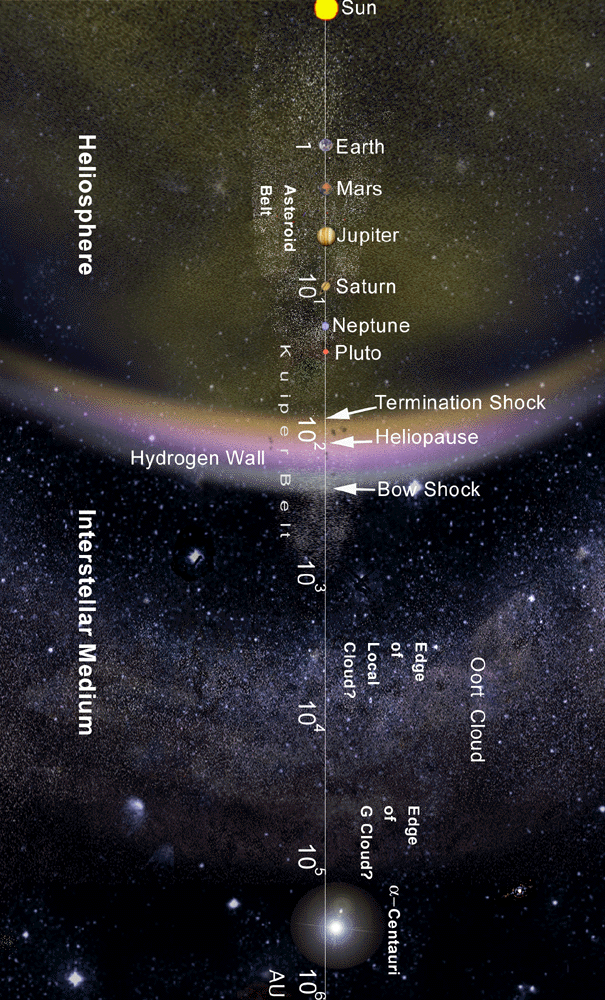"How dangerous is this? One problem could arise for frequent flyers, because the thin air at high altitudes offers less protection from space weather. Currently, someone could take up to five long-haul flights every year that go near the poles—where GRCs and SEPs are channeled most—without exceeding the recommended limit on radiation exposure. But in coming decades, Lockwood explains, that safe number could drop to two. "I wouldn't want to be on a plane when an SEP event went off," he says."A trip to Mars might have to be postponed as well.
Scientists currently predict that a roundtrip to Mars exposes a male astronaut to a lifetime's worth of radiation; female astronauts experience double what's considered a safe lifetime dose. But Lockwood believes that in our transition to minimum solar activity—which could last anywhere between 40 and 200 years—this dose could increase at least twofold...
...But GRCs would require an amount of shielding that is "not feasible" for spacecraft, he says. That means a crewed Mars mission, which NASA still has penciled in for the 2030s, would need another means of protecting astronauts.All I can say is... bummer.
http://news.sciencemag.org/sciencenow/2011/09/space-storms-to-pose-greater-ris.html








:(
ReplyDeleteWow, that's pretty tough luck. Not much you can do about the sun.
ReplyDelete